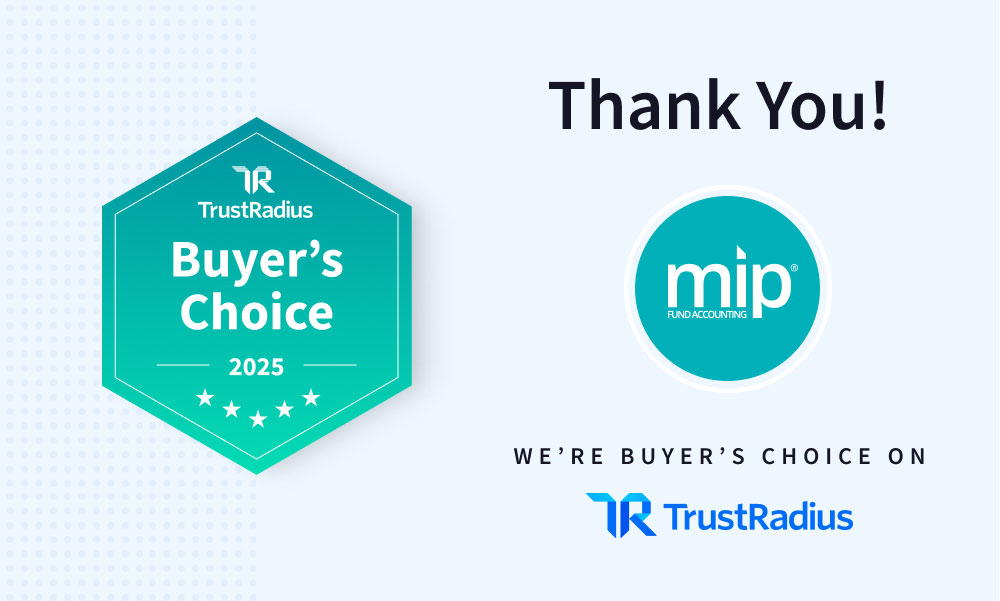seems disengaged or inefficient, a few tips can help them get back on track to do amazing things for your mission.
These practical action items will help your nonprofit board stay organized, create a clear vision, and supercharge its productivity. Implementing these action items can promote positive changes and reinvigorate your organization from the top down.
Understanding the Board of Directors’ Responsibilities
According to the National Council of Nonprofits, a board’s primary responsibilities are being fiduciaries of the organization’s assets and fulfilling legal obligations. A board has three overarching duties, including:
- Duty of care: Foster growth and take care of the organization by ensuring it utilizes its assets wisely and frugally.
- Duty of loyalty: Prioritize furthering the nonprofit’s mission in all decision-making and acknowledge conflicts of interest.
- Duty of obedience: Guide the organization to success by adhering to all applicable laws and always meeting compliance standards.
Your nonprofit’s board is essential in approving strategies and guiding group decision-making to help the organization achieve its goals. In addition to these responsibilities, a board of directors also contributes to other facets of the community. They help establish the nonprofit’s culture and focus. These individuals also function as ambassadors and advocates for the mission, helping to further the cause and achieve financial sustainability for long-term growth.
The board of directors often consists of diverse individuals with various backgrounds, educations, and social networks. They frequently provide the nonprofit with valuable resources and connections to uplift and amplify the cause.
Action Items for a Nonprofit Board of Directors
Part of maintaining an effective board of directors is promoting continuous improvement within the committee. Your nonprofit can revitalize its board with a few straightforward action items focused on:
- Deeply engaging board members
- Optimizing board meetings for maximum productivity
- Establishing clear expectations for board activities
The following actions can motivate your board, promote positive change, and enhance your nonprofit’s mission:
1. Establish the Framework for Each Board Meeting
A great place to begin is by establishing the framework for each board meeting before diving into the discussion itself. These gatherings — whether they are in-person or virtual — should be constructive, timely, and productive.
Meetings can easily get off track with everyone excitedly exchanging new ideas and thoughts on previous initiatives. Instead, provide structure to the meeting by creating an agenda that clearly outlines the goals and framework for the discussion.
To help maximize each conversation and stay mission-focused, consider sharing the agenda and primary goals at the beginning of each meeting. Most individuals who serve on a board of directors are unpaid volunteers. Their time is valuable, so adding specific timestamps can be highly beneficial in providing structure and acknowledging your respect for each board member’s unique schedule.
2. Set Clear Expectations to Boost Engagement
Establishing clear expectations for your members can promote greater engagement and help your nonprofit maximize the benefits of its board. These expectations may differ from organization to organization, depending on your unique group and its specific needs.
For instance, if you host virtual video calls for board meetings, you may ask each person to keep their cameras turned on for the whole conversation. Another example is asking board members to please turn off their cell phones or keep them out of sight during meetings. Minimizing interruptions is key because it takes an average of 23 minutes to refocus after a distraction.
Having these expectations outlined can help your group hone in on the conversation. An engaged committee is going to be more productive, creative, insightful, and helpful. Your group will reach goals more quickly when everyone is actively involved in discussions.
3. Summarize Major Decisions and Follow Up
Another helpful action item for nonprofit boards is to share a summary of significant decisions and topics at the end of each meeting. You can include an outline of the conversation’s agenda, key speaking points and next steps. If anyone missed an important note or a member was unable to attend, they will still have access to all the necessary information in one place for easy reference. Outline any critical decisions made during the meeting and the expectations for each member moving forward.
In addition to the summary, sharing a follow-up message after each conversation can help ensure everyone is on the same page. You can also utilize summaries and follow-up messages to bridge the gap between your board and the people running your nonprofit. Sharing insights on the progress of specific initiatives and how key decisions unfold within the organization will keep the entire board informed and engaged.
4. Set Aside Time to Discuss Fundraising
Fundraising should be a key point of discussion at every board meeting of a nonprofit organization. Setting aside just 15 minutes to brainstorm new initiatives and assess the effectiveness of current fundraising efforts can help move the needle forward.
Consider finding fresh and exciting ways to approach fundraising at each gathering.
For example, you may want to highlight a particular board member’s successes or share an anecdote about how their donor dollars made a powerful impact on someone’s life. The more you can illustrate how fundraising money is helping your cause and will benefit your mission in the future, the better.
5. Streamline Financial Tasks With Accounting Software
Because financial decisions are at the core of every nonprofit board of directors, dynamic accounting tools are key to optimizing their processes.
Modern accounting software gives nonprofits greater insights into their organization’s funding and makes donor management easier than ever. These solutions can also generate financial reports that boards can use to their advantage for informed decision-making on behalf of the nonprofit. Accounting tools can also streamline essential board of directors tasks, such as:
- Budgeting
- Grant admission
- Fund tracking
In addition to these capabilities, the right software solution can also help your board create reports that are compliant with the Financial Accounting Standards Board (FASB) and the Governmental Accounting Standards Board (GASB).




